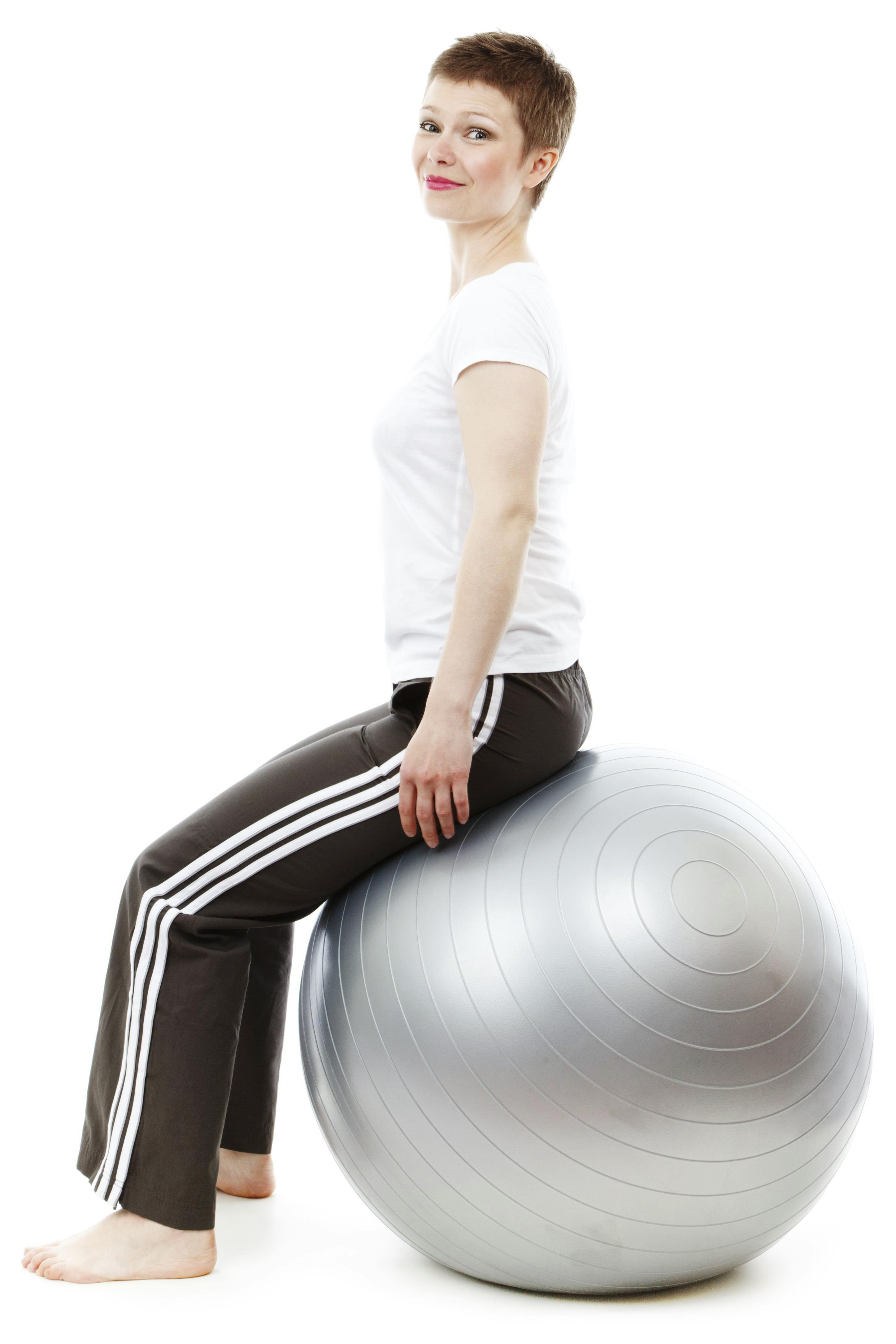Do you need Pelvic Floor Therapy?
Pelvic floor therapy is a physiotherapeutic regime to help with a number of health problems related to the pelvic region, including pain and dysfunction. It is suitable for
all ages and genders, and it can save you from discomfort as well as embarrassment. If you suffer from any of the below-mentioned issues, we can provide you with personalized a
dult and pediatric pelvic floor therapy programs at Truwell Physical Therapy Clinic:
- Urine leakage (Adult and Pediatric Therapy)
- Bedwetting (Adult and Pediatric Therapy)
- Soiling (Adult and Pediatric Therapy)
- Constipation (Adult and Pediatric Therapy)
- Frequent trips to the bathroom (Adult and Pediatric Therapy)
- Groin pain (Adult and Pediatric Therapy)
- Rectal pain (Adult and Pediatric Therapy)
- Pregnancy-related pain (Adult Therapy)
- Painful intercourse (Adult Therapy)
- Painful menstruation (Adult Therapy)
What is the Pelvic Floor?
Muscles, ligaments, and other connective tissues in the pelvic region collectively form the pelvic floor. They are attached to the pubic bone in front, hip bones on either side, and the tail bone in the back. The pelvic floor supports your pelvic organs, assists in the proper functioning of the bowel and bladder control, and enables sexual function and pleasure.
Why do you need Pelvic Floor Therapy?
Just like any other muscle in your body, the pelvic floor is also susceptible to dysfunction. Weakness of the pelvic floor leads to incontinence and prolapse, while tightness or spasm leads to an overactive bladder and constipation, among other problems. Dysfunction may also be caused by an external injury, overuse, inadequate exercise, improper breathing patterns, poor postural habits, underlying health conditions, or postpartum complications.
Physical therapy of the pelvic floor relieves pain and restores normal function. Patients have known to be "better than ever" with Pelvic Floor Therapy.
Read more about a patient's experience here.
How does it work?
Pelvic Floor Therapy incorporates various physical therapy techniques and devices to engage, relax, and strengthen the pelvic floor muscles. These include:
- Manual Therapy
- Active Exercises
- Breathing exercises
- Postural Education
- Electrical stimulation
- Biofeedback
- Vaginal dilators
- Weighted cones
- Dry Needling
- And most importantly, Patient Education
Role of Counseling in Physical Therapy treatment
Understanding your health concern, your body's needs, and the course of treatment is the foremost step toward a healthier you. In the case of pelvic pain, there is a lack of information and a great deal of misinformation. Many people suffer for years before acquiring the appropriate treatment and relief from their pain. Such long-term suffering can make them detach themselves from the discomfort, as a coping mechanism. Therapy becomes more challenging in such cases. In order to achieve fruitful results from pelvic floor therapy, you'll need to understand your pelvic muscles, and how to engage the right ones in exercises such as Kegels. Your Physiotherapist (PT) will educate and help you accomplish that. Pelvic Floor Therapy progresses at a slow pace for a comfortable experience and long-term results. Rushing it might make things worse, which is why you need an experienced professional guiding you through the process. Remember to follow the precautions advised by your therapist and comply with your home exercise plan.
Manual Therapy
Hands-on physical therapy including soft tissue mobilization, trigger point pressure, myofascial release, nerve mobilization, and urogenital mobilization is performed to lengthen the muscles and relieve pain.
Biofeedback
An external sensor measures the strength of muscle contractions and displays it on the screen. It helps assess your condition and monitor the improvement over time.
Dry Needling
It is muscle stimulation through a fine (acupuncture) needle. Dry needling is a safe, painless procedure. Needle insertion may be slightly discomforting initially, but you'll soon get comfortable. It can be done alone, or alongside electrical muscle stimulation.
Electrotherapy
Electrical modalities such as TENS and Ultrasound are used in pelvic floor therapy to stimulate the muscles and enhance healing.
Vaginal Dilators and Weighted Cones
Various devices are inserted inside the vagina to train the muscles by stretching or strengthening them.
When getting Pelvic Floor Therapy, you must know that there is no 'one size fits all' physiotherapy regime. Your therapist will decide the combination and intensity of the treatment approach most suitable for you, based on your medical history and their own expertise. Put your trust in your therapist and focus on doing your part in getting better.
Note: As much as your pelvic floor needs to be exercised, it is also prone to fatigue leading to the same problems caused by dysfunction. Therefore, refrain from overworking these muscles.
CONDITIONS TREATED
Here are some health conditions that can benefit from pelvic floor therapy:
A specific muscle in your pelvic floor relaxes enough to let the stool pass, and tones enough to support the rectum during defecation. Dysfunction of this muscle can lead to constipation. It can be treated with physical therapy alongside dietary modifications to soften the stool for ease of passage.
Bedwetting after a certain age is not normal and is often caused by pelvic floor dysfunction. Only 15% of children are spontaneously cured, while the rest of them need some kind of treatment. Pediatric pelvic floor therapy has a 92% cure rate for bedwetting in growing children.
Involuntary bladder contractions cause urgency, frequent urination, and dribbling even when your bladder is not full. Therapeutic training for bladder retaining enhance bladder control and curb the frequency of urination.
Soiling can happen for a number of reasons e.g., postpartum complication, diarrhea, constipation, or weak pelvic floor muscles. Do not shy away from consulting a professional as it is a common problem, completely curable in most cases.
1 in 3 men experience erectile dysfunction once in their lifetime. Strengthening the pelvic floor muscles aid in achieving an erection, maintaining it, and avoiding premature ejaculation.
Vaginal pain during or after penetration is a common problem. Physical therapeutic techniques such as relaxation, stretching of the pelvic floor, and behavioral modifications can make it all go away.
Seek pelvic floor therapy to improve your sexual health.
Weak muscles or injury can cause a downward shift in the position of your pelvic organs (bladder, rectum, uterus). It leads to discomfort, abnormal bleeding, and disrupted bowel and bladder movements. Pelvic floor therapy is a non-invasive approach to treating organ prolapse, that shows remarkable results if started early on.
Vaginal tears from birth, hysterectomies, episiotomies, STIs, or any other injuries and ailments lead to scar formation, adhesions, pain and pelvic floor dysfunction. Scar mobilization and pelvic floor therapy helps get rid of these adhesions and restore full function.
Muscle tension in the pelvic floor can cause vulvar pain (i.e., opening of the vagina). The discomfort may range anywhere from mild to severe and affect your daily life. Multi-modal pelvic floor therapy helps relieve the discomfort and cures the dysfunction caused by vulvar pain.
Pain in one or both testicles can arise from injury, myofascial tenderness, and pelvic muscle hyperactivity. Consult a pelvic pain specialist for pain relief and guidance for appropriate preventative measures. Proper screening for cause of pain is important to rule out cases like testicular torsion, that require emergency care.
It is a painful condition requiring proper medical treatment; however, pelvic PT can help alleviate the symptoms of endometriosis using manual therapy, electrotherapy, and other physiotherapeutic techniques.
-
- Prenatal Pelvic Floor Therapy
Individuals who are pregnant or plan to conceive a child in near future can seek pelvic floor therapy to improve strength and coordination of the muscles, as the pelvic floor is the one that bears the weight of the growing fetus. Pelvic floor therapy can also help avoid postpartum complications and assist quicker recovery after delivery.
Discussing any problems regarding the genital area can be embarrassing for some people due to the shame associated with it. But it is just as much as part of your body as your hand or foot. Therefore, it needs to be treated and taken care of, in the same way. Learning about your body and consulting a professional and help you get over this shame and achieve optimal health and wellness, which is everyone's right.
Contact Truwell Physical Therapy to consult with our trained and experienced professionals to regain your pelvic health and function.
Call Today
Call us today to learn more about how we can develop a personalized treatment program for your pelvic floor dysfunction and help you get back to enjoying a higher quality of life.




